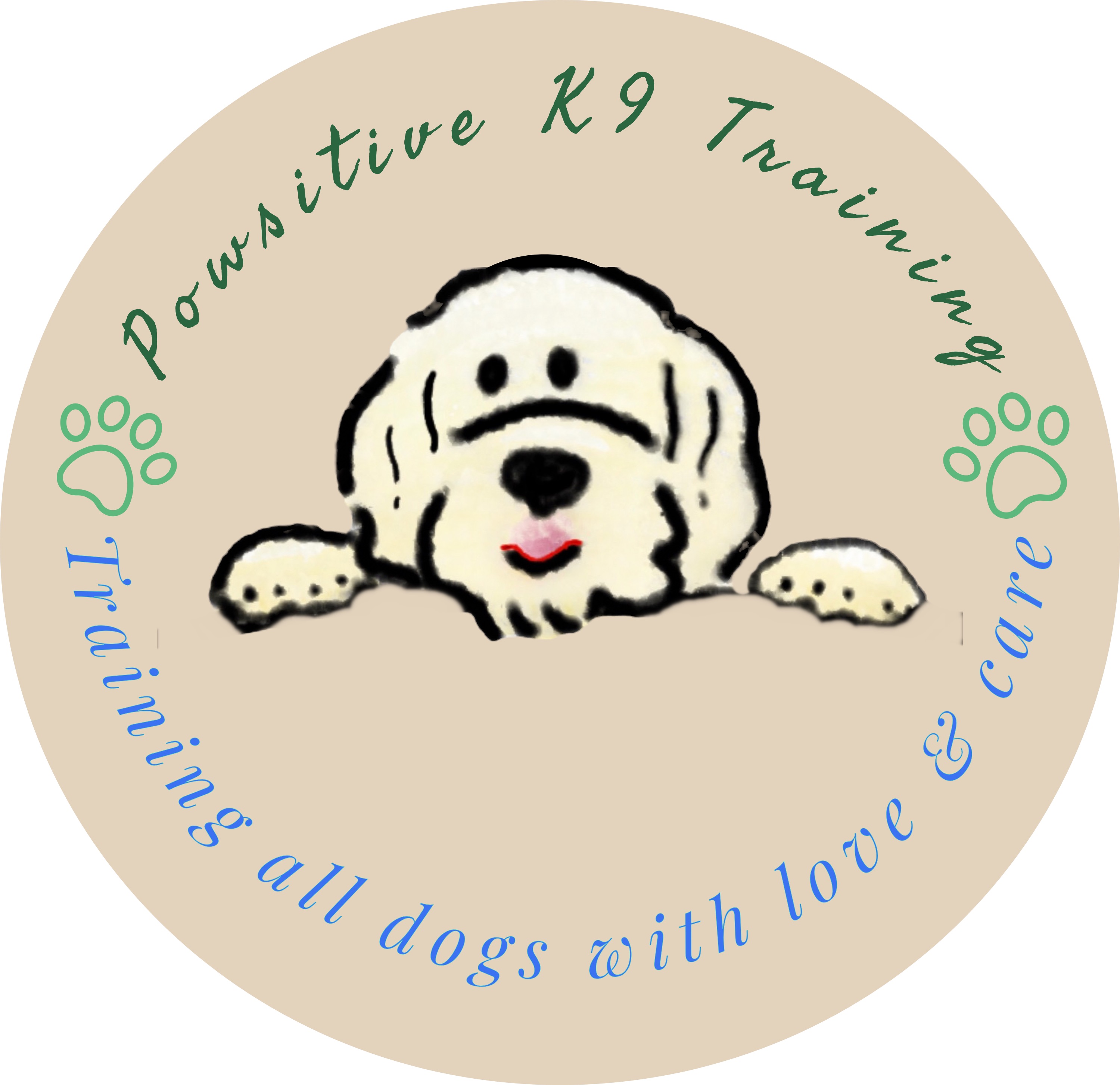Introducing a New Dog into Your Home
- Powsitive K9 Trainer

- Apr 9, 2024
- 3 min read
Updated: Jan 3
A Comprehensive Guide
Bringing a New Dog into your life is an exhilarating experience, but it also brings responsibilities and adjustments. Whether you're a first-time dog owner or expanding your furry family, creating a smooth transition for both you and your canine companion is crucial. Here's a comprehensive guide to help you navigate the process of introducing a new dog into your home.

Establishing Boundaries from Day One
The moment you bring your New Dog home, it's crucial to set boundaries and establish the tone for your household. Before entering the house, ensure that you and your family members go in first, emphasizing that this is your home and now theirs as well. While theories of dominance and pack order have evolved, viewing it as a matter of respect and control can guide your relationship. It may not necessarily be about dominance, but rather about ensuring you understand that you are the leader and not the dog. We don't want the dog running your life, a common occurrence even experienced trainers can overlook.
Minimizing Overwhelm
On the first day, take the time to walk the New Dog on a leash through the entire house, allowing it to sniff and explore its new surroundings. Allow for regular outdoor breaks, ideally every 30 minutes, to help the dog adjust and become comfortable in its new home. Once the dog walks through the house, allow the dog to get comfortable in one section of the house and slowly introduce it to a new part every single day during the next few days. The first week is a critical period for your new dog to acclimate to its surroundings. Avoid overwhelming the dog by limiting the number of visitors and keeping it on a leash in new spaces to prevent accidents. When the dog is left alone, do not leave it out; put it in a crate or playpen in a place it can feel safe and you know is safe for them. It gives you peace of mind when you leave the house, knowing they have a small, secure space.
Establishing a Routine
Creating a routine is essential for both you and your New Dog to establish a sense of normalcy. Begin by setting a consistent schedule for feeding, potty breaks, playtime, and rest. A typical day may include morning walks, mealtime, interactive training sessions, and evening relaxation. Gradually introduce longer walks and more stimulating activities as the dog becomes accustomed to its new routine.
Example New Dog Schedule:
Morning Routine:
- Take the dog outside for a morning pee.
- Provide breakfast.
- Short outdoor time or a brief walk (5-15 minutes).
Daytime Schedule:
- Regular potty breaks, ideally every 30 minutes to 1 hour.
- Short walks (5-15 minutes) or playtime.
- Interactive training sessions.
- Ensure access to water and a comfortable resting area.
Evening Routine:
- Evening mealtime.
- Final outdoor break before bedtime.
- Calm play or cuddle time.
Nighttime Routine:
- Final bathroom break.
- Bedtime in the designated sleeping area.
Positive Reinforcement and Training
Incorporate positive reinforcement training into your daily routine to strengthen the bond between you and your New Dog. Utilize treats, praise, and rewards to encourage desired behaviors and discourage undesirable ones. Remember, patience and consistency are key when training a new dog.
Understanding Modern Dog Training Approaches
Contemporary dog training has shifted away from the traditional concept of dominance and pack order. Current research suggests that dogs, both domestic and their wild ancestors, operate more as family units rather than strict hierarchies. Modern training focuses on positive reinforcement, cooperative relationships, and understanding individual needs and communication styles.
Understanding Your Dog's Needs
Every dog is unique, and it may take time for your New Dog to fully reveal its personality and habits. Be patient and observant, and be prepared to adjust your approach based on your dog's responses and behaviors. If you have any questions or concerns, please feel free to reach out to me.
Conclusion
Introducing a New Dog into your home is a rewarding experience that demands patience, understanding, and commitment. By establishing boundaries, creating a consistent routine, providing positive reinforcement, and embracing modern training approaches, you can help your new dog feel welcome and secure in its new environment. With time and dedication, you'll build a strong bond that will enrich both your lives for years to come.




Comments